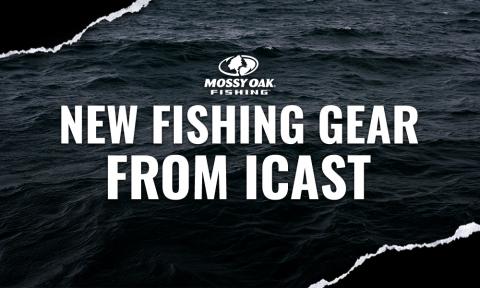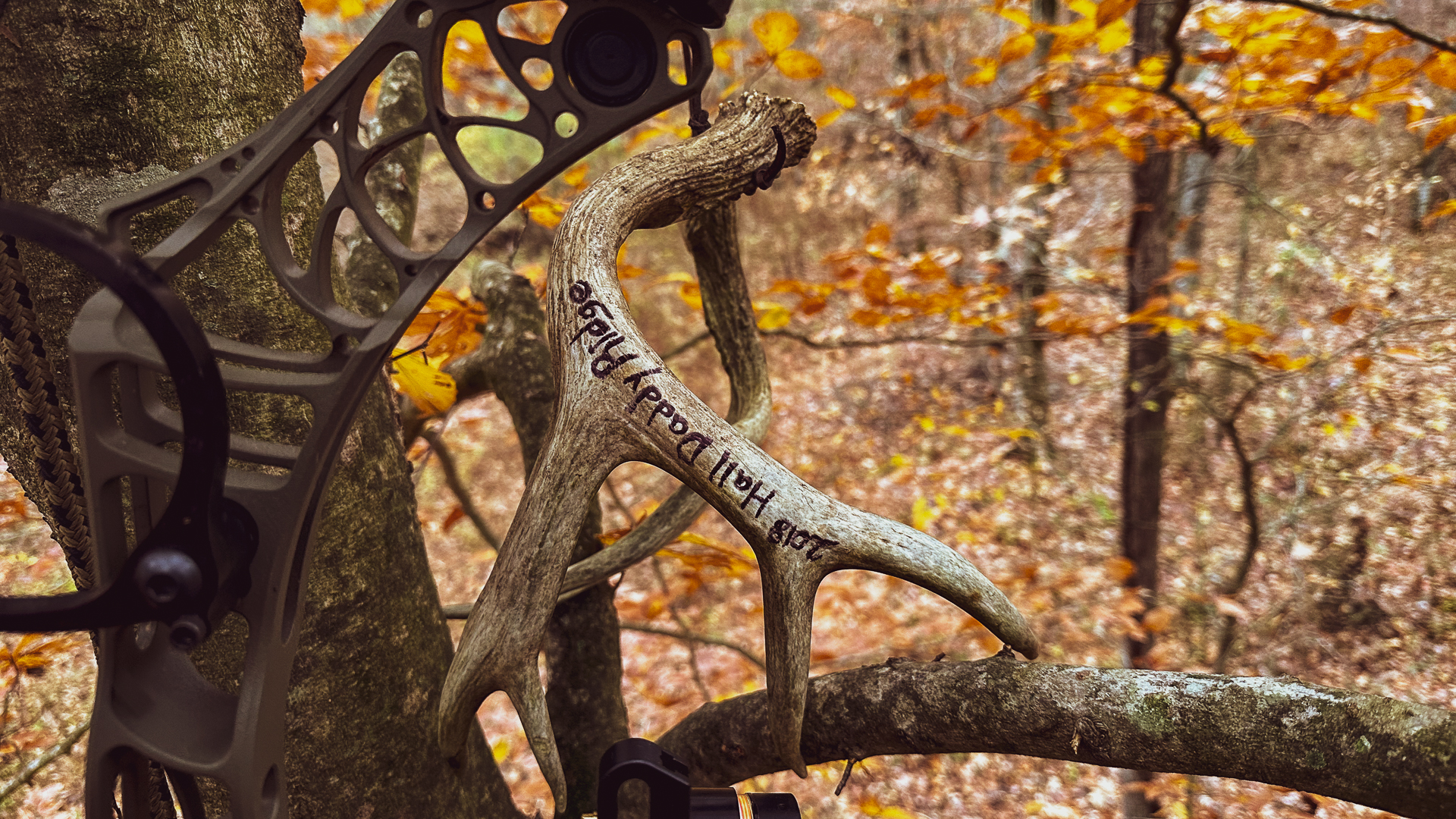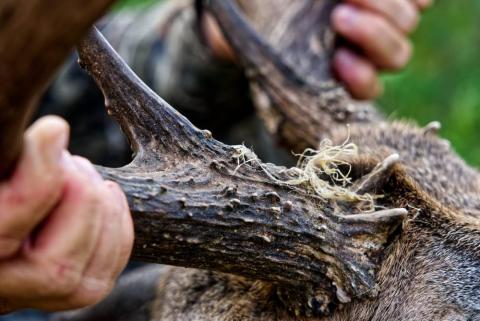Phillip Gentry
Bass fishing in the current age relies on an overwhelming amount of modern technology. Between the sonar equipment, space age materials used in the rods, reels, lines and other tackle and overall knowledge we have today, bass anglers could catch fish on the moon if there were any.
Dating back to the days before man set foot on the moon, old timey bass anglers developed a simple bass fishing technique that regularly caught bass that any angler today would envy.
Often referred to as doodle-socking or jigger poling, this unusual, but time-tested tactic relies on the aggressive, territorial nature of largemouth bass to induce heart stopping strikes and literal hand-to-hand combat to land a lunker fish.
Although mostly forgotten today, a few anglers still practice the art of jigger pole fishing, a tradition that has been carefully handed down through the years.
To fish the jigger pole, only a few simple pieces of gear and tackle are needed. Start with a small boat where the angler can sit in the front and move the craft along, either sculling with a paddle or using an electric trolling motor to propel the boat as quietly as possible.
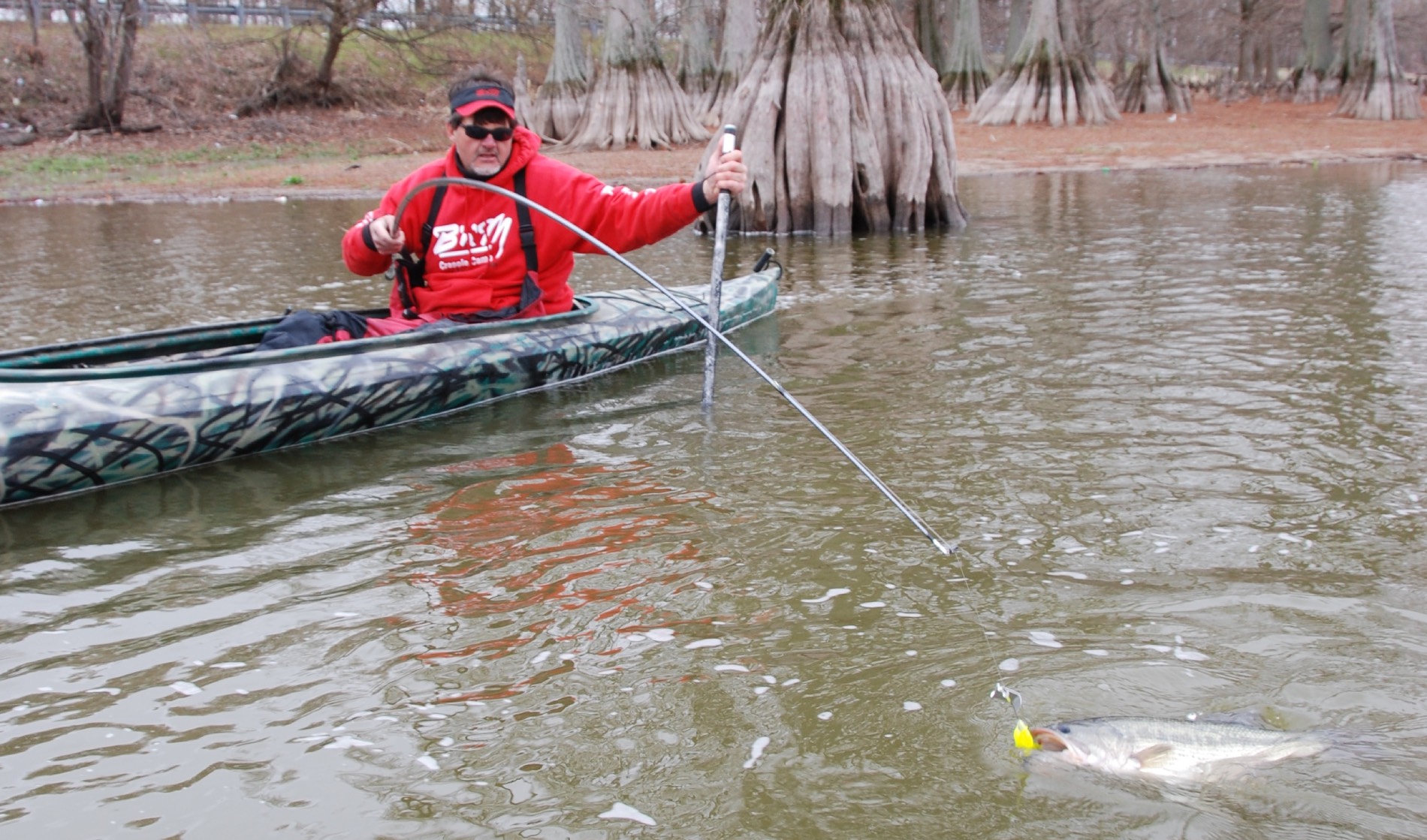
The jigger pole itself is the next piece of gear. You need to have a stiff, yet lightweight pole that’s 12 – 15 feet long. The pole also needs to be light enough to handle and maneuver with one hand and tough enough that it won’t break when a 7 pound bass is hanging on a foot of line off the end of the pole. Traditionally, old time anglers used baboo or cane that was cut and dried, with a short piece of Dacron line secured to the end. Today’s poles are a blend of fiberglass, graphite, and other lightweight polymers. Finally, you’ll need a bait that you can work easily through the water that makes a lot of noise by churning the surface. The best lures incorporate multiple blades or propellers that turn as the bait is dragged through the water.
Jigger pole fishing has a relatively short season. The tactic becomes effective when big bass move off the spawning beds and move back into shallow waters to feed on frogs, baby ducks, snakes or anything that happens to fall in the water. To mimic the surface commotion created by these situations, the angler must closely follow the contour of the shoreline and push the fishing pole out in front of the boat. Depending on the climate where you fish, this could be a four, six, or eight week window.
The technique is better suited to backwater areas – weed choked farm ponds, marshes and overgrown sloughs – places where bass can lay in wait next to heavy shoreline cover and are generally not accessible by 95% of the bass angling population.
The lure is not cast with a jigger pole, but is waved off the end of the rod, like stirring the water from several feet away. Over time, the angler gets into a rhythm of making back and forth figure 8’s with the bait to keep the blades clacking, all while tracing the shoreline or structure where bass are hiding. The object is to keep to the bait well in front of the boat so the boat doesn’t spook the fish and all the fish sees and hears is the bait chewing through the water.
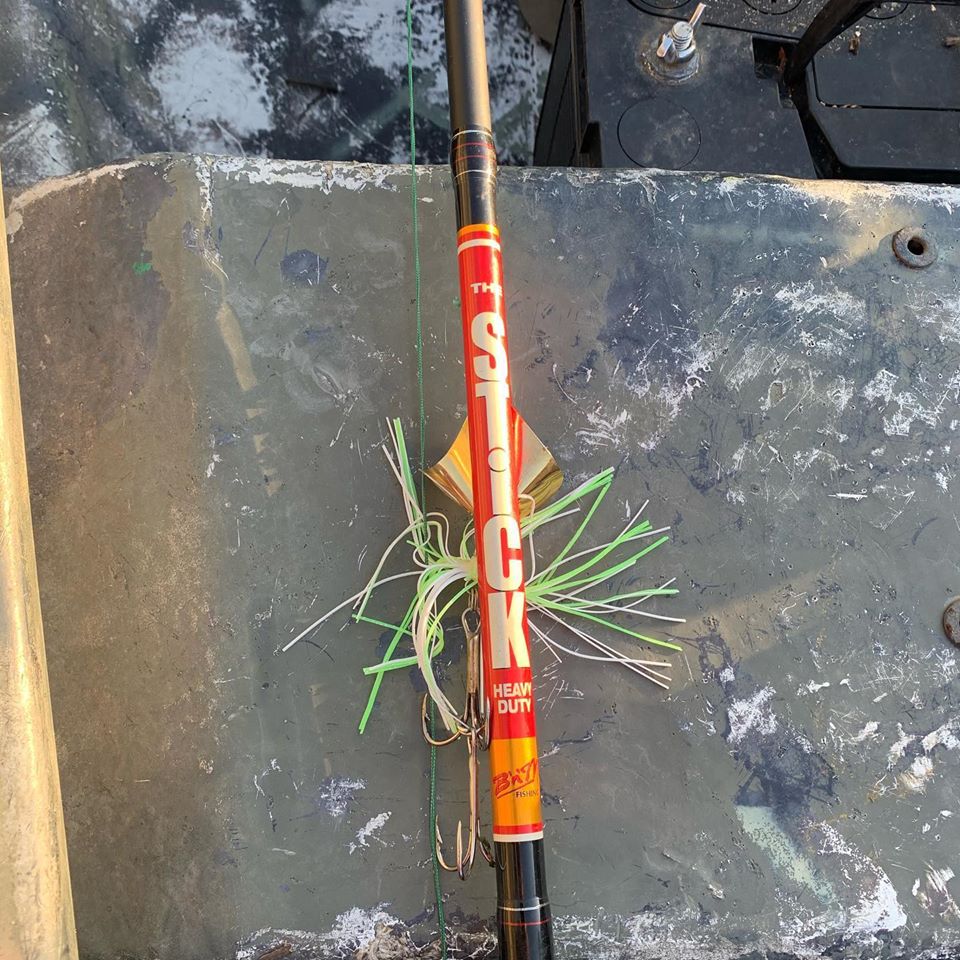
While the originators of the jigger pole tied their line directly to the end of the pole, the modern adaptation is to spool 30 – 40 yards of 80 – 100-pound braided line on a small, lightweight spinning reel and lock the drag down tight. This allows the line to apply balanced pressure to all the rod’s guides rather than just the rod tip when a big fish hits the bait.
Jigger pole fishing is best at first light and last light of the day and a couple hours on either side. Dirty, dinghy or even muddy water is often better than clear water for this style of fishing. It also works well for fishing at night.
To be an effective jigger pole afficianado requires the angler to develop a certain mindset. Trophy largemouth bass are lazy by nature, picking out an easy ambush site and just laying up until an easy meal happens by. The jigger pole fishing window coincides with the time when newly hatched birds, snakes, and turtles are first taking to the water, so proper jigger pole fishing technique means methodically working the shoreline, maybe for hours, until suddenly a huge bass tries to take the rod out of your hands. Quick reflexes are a must. The bite is seldom less than explosive.
As much fun as this style of bass fishing is, part of the reason that anglers who hold on to the tradition and continue to practice jigger pole fishing over other conventional methods of bass fishing is the connection it brings to the past. Having learned the tactic from a young age at the knee of a father, uncle, or grandfather, for many, takes them back to shared memories and a time when fishing was just a simple pastime.
















